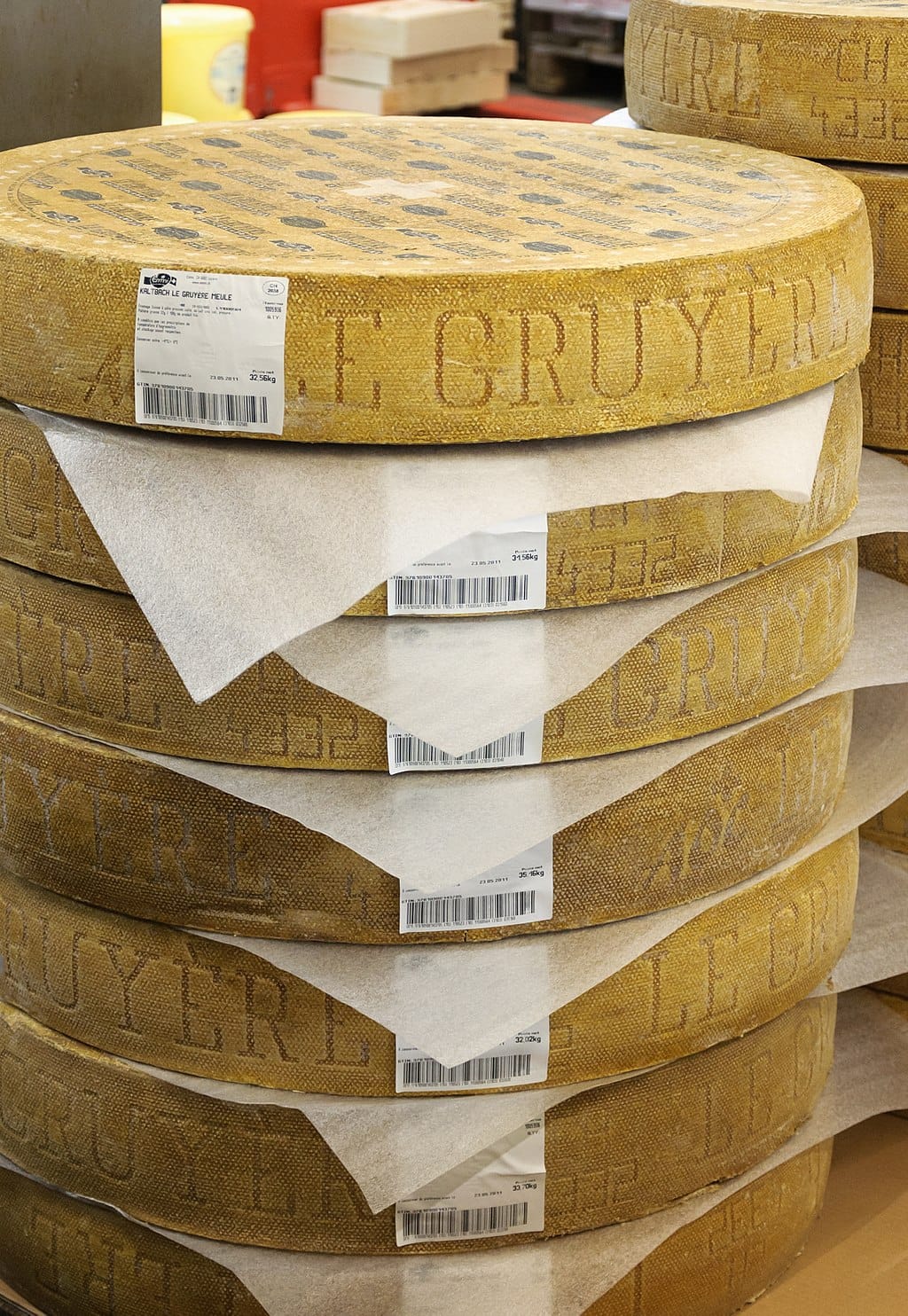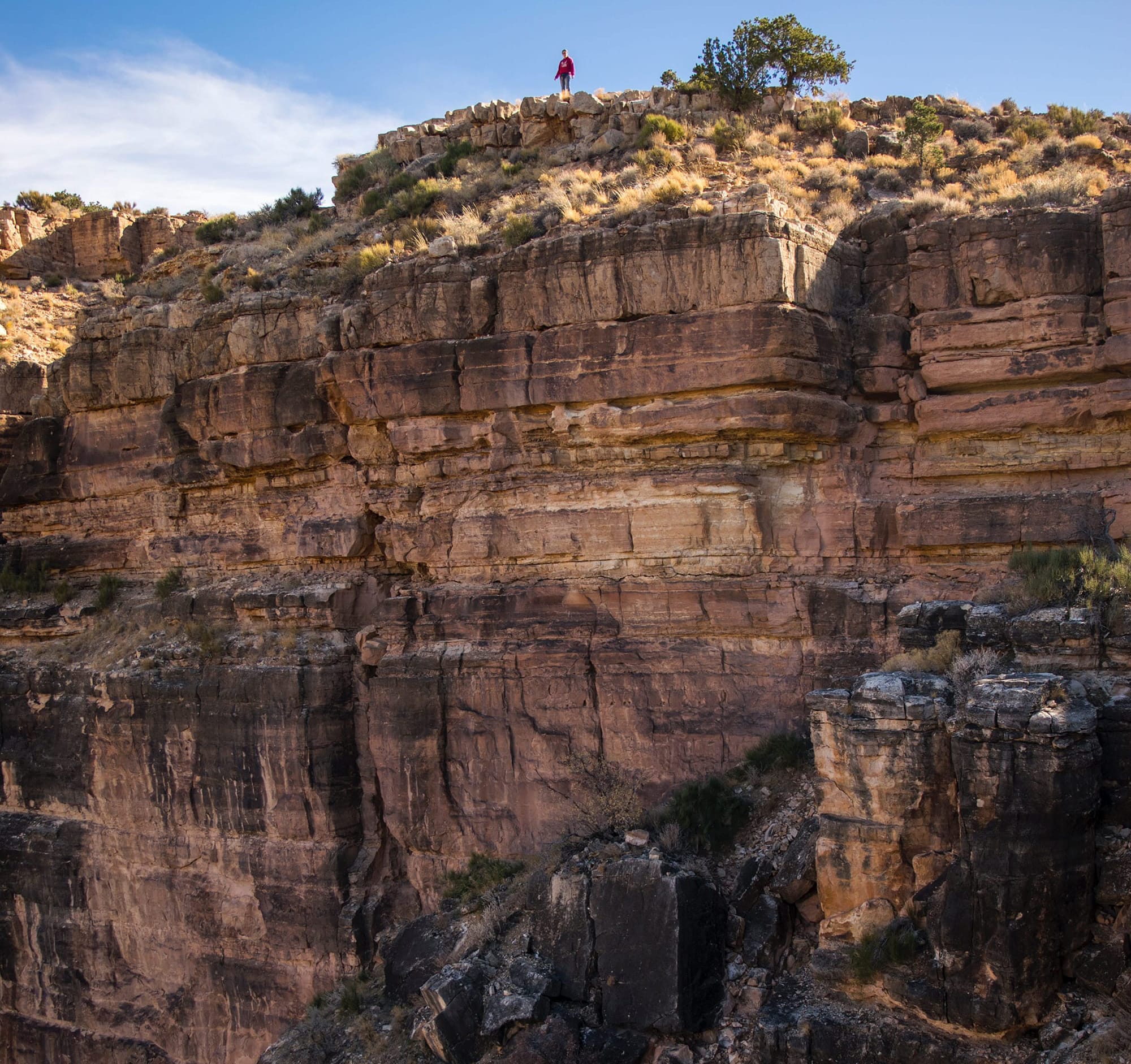Isoscapes in Food Science
The importance of geological origin of food
 In the food industry, certain products and ingredients are more highly valued when they originate from specific regions of the world; including Gruyère cheese from Switzerland, Champagne and other wines from France, as well as Haute-Provence Lavender Essential Oil from various French regions. The tie of product to a specific location is based on the concept of terrior – a term that describes the environmental parameters and traditional techniques within a specific region which directly impact the characteristics of crops and the ultimate food product; environmental parameters include climate, soil type, geomorphology and ecology. This concept has been proven as wines produced using the same grape variety in different regions hold very distinct wine traits. Similarly, the flavor of artisan cheeses can be greatly impacted by the vegetation composition in pastures – as demonstrated by Swiss cheeses, with alpine cheeses produced in the Swiss Alps holding different characteristics than lowland varieties due to grasses, flowers and herbs consumed by alpine cows.
In the food industry, certain products and ingredients are more highly valued when they originate from specific regions of the world; including Gruyère cheese from Switzerland, Champagne and other wines from France, as well as Haute-Provence Lavender Essential Oil from various French regions. The tie of product to a specific location is based on the concept of terrior – a term that describes the environmental parameters and traditional techniques within a specific region which directly impact the characteristics of crops and the ultimate food product; environmental parameters include climate, soil type, geomorphology and ecology. This concept has been proven as wines produced using the same grape variety in different regions hold very distinct wine traits. Similarly, the flavor of artisan cheeses can be greatly impacted by the vegetation composition in pastures – as demonstrated by Swiss cheeses, with alpine cheeses produced in the Swiss Alps holding different characteristics than lowland varieties due to grasses, flowers and herbs consumed by alpine cows.
Guarantees of product origination and assumed quality have significant implications for consumer behavior – highlighting the importance of authentication of ingredient types and origins. Safeguards have been put in place to ensure products of specific origin can be ensured such as a Geographical Indication (GI), certifying the product’s country or region of origin is marketed authentically. Governments have also protected local trademarked foods for over a century, with laws established to prohibit false descriptions of origination.
Given the importance of designating an origin to products, there has been focus on developing techniques to identify if the marketed origin is authentic, as high-value localized ingredients are often replaced by less expensive, imitative alternatives which are difficult to recognize by consumers and untrained individuals. Isotopic analysis is currently the leading method for identifying product origin.
Geochemical fingerprinting using isotopes
 The most commonly used isotopes for geographic analysis include light isotopes (oxygen: δ18O, hydrogen: δ2H, carbon: δ13C) and heavy isotopes (strontium: 87Sr/86Sr, lead: 204Pb/206Pb/207Pb/208Pb and neodymium: 143Nd/144Nd) – with oxygen, carbon and strontium being most commonly used. Each of these isotopes are tied to geographic location based on the known cycling within local and regional landscapes.
The most commonly used isotopes for geographic analysis include light isotopes (oxygen: δ18O, hydrogen: δ2H, carbon: δ13C) and heavy isotopes (strontium: 87Sr/86Sr, lead: 204Pb/206Pb/207Pb/208Pb and neodymium: 143Nd/144Nd) – with oxygen, carbon and strontium being most commonly used. Each of these isotopes are tied to geographic location based on the known cycling within local and regional landscapes.
Oxygen is a key component of water (H2O) and thus any variability in δ18O is traceable through water source from direct uptake by local plants and animals. Oxygen isotopes vary across space and time as a result of the rainout process across latitudes, continents and seasons.
Whilst δ13C is less clearly defined by geographic space, different types of plants have different δ13C signatures, broadly differentiable based on the C3, C4 and CAM vegetation types. If a product is utilizing a plant of a different vegetation type than claimed by the label, this could be differentiated using δ13C analysis.
 87Sr/86Sr isotopes are strongly bound to place based on the fact that geological units have specific 87Sr/86Sr signatures due to the geochemical make-up of the rock forming minerals. This signature is imprinted onto the above soil horizon as well as to the water, which is integrated into the overlying plants and eventually integrated into animals who consume the plants. As a result, the distinct isotopic signatures in geological units are transferred through the geosphere to the biosphere, connecting an animal or plant product to a specific area. Depending on the availability of data, there is potential for very detailed local scale mapped strontium ranges, which can pinpoint place quite accurately.
87Sr/86Sr isotopes are strongly bound to place based on the fact that geological units have specific 87Sr/86Sr signatures due to the geochemical make-up of the rock forming minerals. This signature is imprinted onto the above soil horizon as well as to the water, which is integrated into the overlying plants and eventually integrated into animals who consume the plants. As a result, the distinct isotopic signatures in geological units are transferred through the geosphere to the biosphere, connecting an animal or plant product to a specific area. Depending on the availability of data, there is potential for very detailed local scale mapped strontium ranges, which can pinpoint place quite accurately.
Similar to strontium, 143Nd/144Nd has been utilized in geolocation studies, based on the connection of Nd signatures to local bedrock and ambient water. This isotope is less widely used and generally found in lower concentrations within samples, thus it is often utilized in combination with oxygen and strontium to provide more accurate results.
| Element | Isotopic ratio | Connection to place |
| Oxygen | δ18O (18O/16O compared to standard) | Precipitation type, amount & variability |
| Carbon | δ13C (13C/12C compared to standard) | Plant type |
| Strontium | 87Sr/86Sr | Geology & soil |
| Neodymium | 143Nd/144Nd | Geology & soil |
UPDATE: Isobar Science discontinued the Nd-Hf service starting January 2024.
Developing isoscapes for food products
In order to connect a food product to place using isotopes, a map for isotopic background values for potential locations must be prepared – this is an isoscape, which shows the isotopic ratio over space using elemental models combined with GIS (Geographic Information System mapping). With recent developments in computing capabilities, GIS and remote sensing technology as well as improved accuracy of mass spectrometry, isoscapes are being developed in many contexts around the world.
While there are many local, regional and global isoscapes available for a variety of isotopes, if one does not exist to match your research site and/or spatial resolution, it is possible to develop a basic map of isotopic signatures for your region(s) of interest. In this case, you must collect a series of samples from the environment (including rock, soil, water, plants and animals) spanning a variety of locations. These individual samples must be analyzed using the relevant isotope to serve as a baseline for connecting your samples to place. If a known counterfeit alternative is known, an isotopic basis for this can also be established to inspect whether it has been utilized in the product of interest.
For more information on utilizing isotopes for food origin analysis, contact our team today.
Images
Strontium Map: https://www.sciencedirect.com/science/article/abs/pii/S0883292717304134
Gruyere cheese: https://commons.wikimedia.org/wiki/File:Gruyere_suisse_meules_MIN_Rungis.jpg
Rain: https://www.pexels.com/photo/close-up-photography-of-wet-leaves-913807/
Geology: https://www.pexels.com/photo/man-standing-on-cliff-954283/
